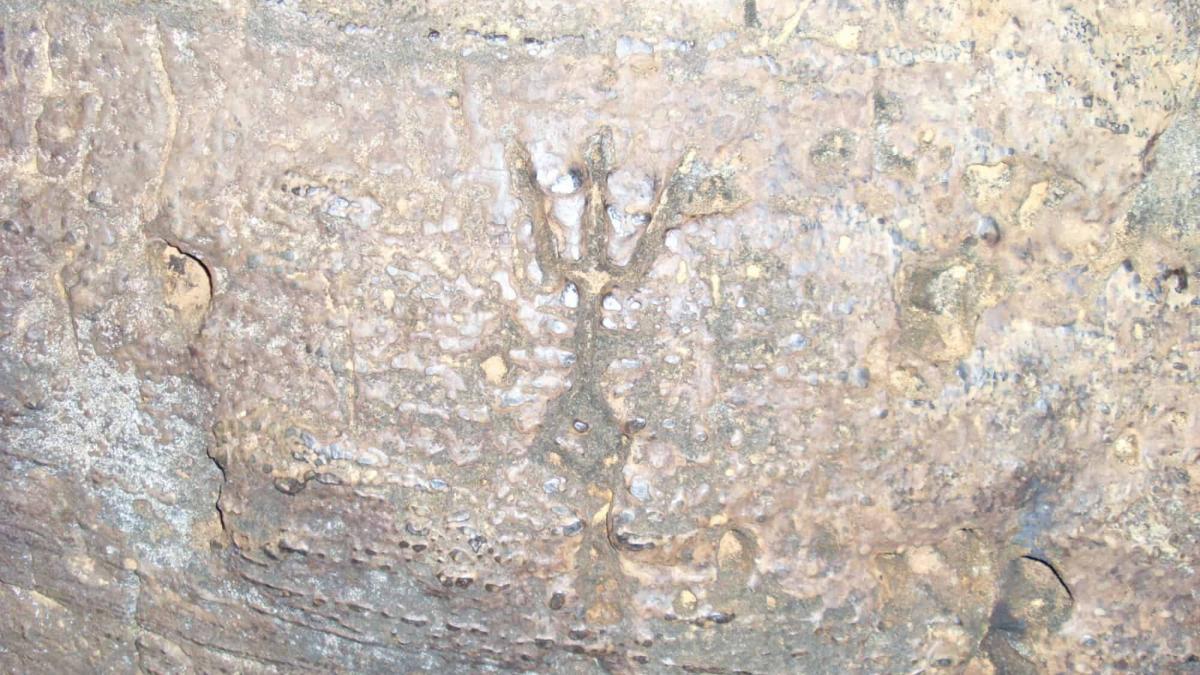Free and exclusive discount codes for hundreds of tours and & travel services in Iceland
Subscribe to instantly receive discount codes for tours, car rental, camper van rental, and outdoor clothing rental.Thank you! ❤️
Jon Heidar, Editor of Stuck in Iceland Travel Magazine
You could be forgiven to think that Iceland was settled in the latter part of the 19th century. This is because there are hardly any old buildings. But this is deceptive. In Iceland, the really old man-made structures are underground. So join us for a bit of Iceland archeology.
The standard version of Icelandic history upended
The standard version of Icelandic history is straightforward: the country was settled in the latter part of the ninth century. The settlers were people mainly from Norway and Ireland. Many Irish settlers were slaves who were kidnapped by Vikings. Imagine their anguish of being brought as slaves to faraway Iceland! There is compelling evidence that Iceland was settled a century or two earlier than the sagas indicate. This is a touchy subject. The sagas and the accounts of the settlement are canonical to a lot of Icelanders. Nevermind archeological evidence and new methods of carbon dating.
When Vikings and monks collide, the monks disappear
Irish hermit monks, the so-called ‘Papar.’ is mentioned in the Icelandic sagas. They are said to have arrived in Iceland before the mostly pagan Norse settlers arrived. They worshipped God in peace said to live here worshipping God when the (mostly) pagan Norsemen arrived. If a cross is found cut into the rock in a cave somewhere (and there are loads of those), people are usually quick to attribute those to the reclusive Irish monks. The monks fade into history after the settlement, I suspect they were either driven out or even killed by the aggressive settlers or they left on their own accord when they discovered they weren´t alone anymore. And the name ‘Papar’ probably comes from the word “papist” but what allegiance the Irish monks had to the pope in Rome remains unclear.
Merging with the ground
The settlers built their farmsteads from turf, sods, stone. Timber was often in short supply. After World War 2, concrete became the main building material. Icelanders moved away from the countryside and became urbanites. Most of the old farmsteads merged with the ground. Today, most of them are gone. There only a few notable exceptions. All of them are turf houses that belonged to the richest of people.
Cave people revealed by Iceland archeology
Some of the early settlers used caves as temporary or even permanent housing. This is, especially true in the south of Iceland.

Last summer my wife and I drove to one of the largest man-made cave in Iceland.

The farmstead on which the cave derives its name from it. In Icelandic the place name is ‘ Hellar’ (or ‘caves’). The are is simply called ‘Land.’. No prices for original place names!. It is located in the interior of the rural south of Iceland.

The people at this busy farm welcome travelers who want to look at the cave for a small fee. They have even hooked up electrical lights to illuminate it.

Massive underground space
The cave is accessible from a barn and is carved into the sandstone. There are two large rooms and a 50-meter long ‘hallway.’ Altogether the cave is some 200 square meters and some three meters high. It has three air vents that are placed strategically to get smoke out.

Sad reminder
An alcove is by the entrance. This is called ‘Dísukrókur’ or “Dísa’s corner. According to legend a girl with a mental disorder was tied to the wall and kept there. A sad reminder of the way people with disabilities or mental disorders treated in the past.
A place of worship revealed by Iceland archeology
Runes and crosses are carved into the cave walls. The ‘Saint’s pedestal’ or ‘Dýrlingsstallur is at the innermost space’ This has been attributed to the ancient Irish monks,

How ancient is the cave?
Documents from the early 14th century make the first mention of these caves. My feeling that they are a lot older. You can imagine them to be quite cozy but at the same time, you marvel at the sheer effort of creating it using primitive tools. Keep in mind that the iron used in Iceland in the middle ages was often low quality. So which would you prefer?
- Huge cave
- Farmstead made mostly from stones and sods.
I would prefer the cave, maybe there is a bit of caveman to me after all 🙂
Written by Jón Heiðar Þorsteinsson
How to get there to this great place of Iceland archeology
From the main ring road turn on to road nr. 26 until you come to a sign marked ‘Hellar
‘
This blog is partly based on the book 101 Ísland – “Áfangastaðir í alfaraleið” by Páll Ásgeir Ásgeirsson.




